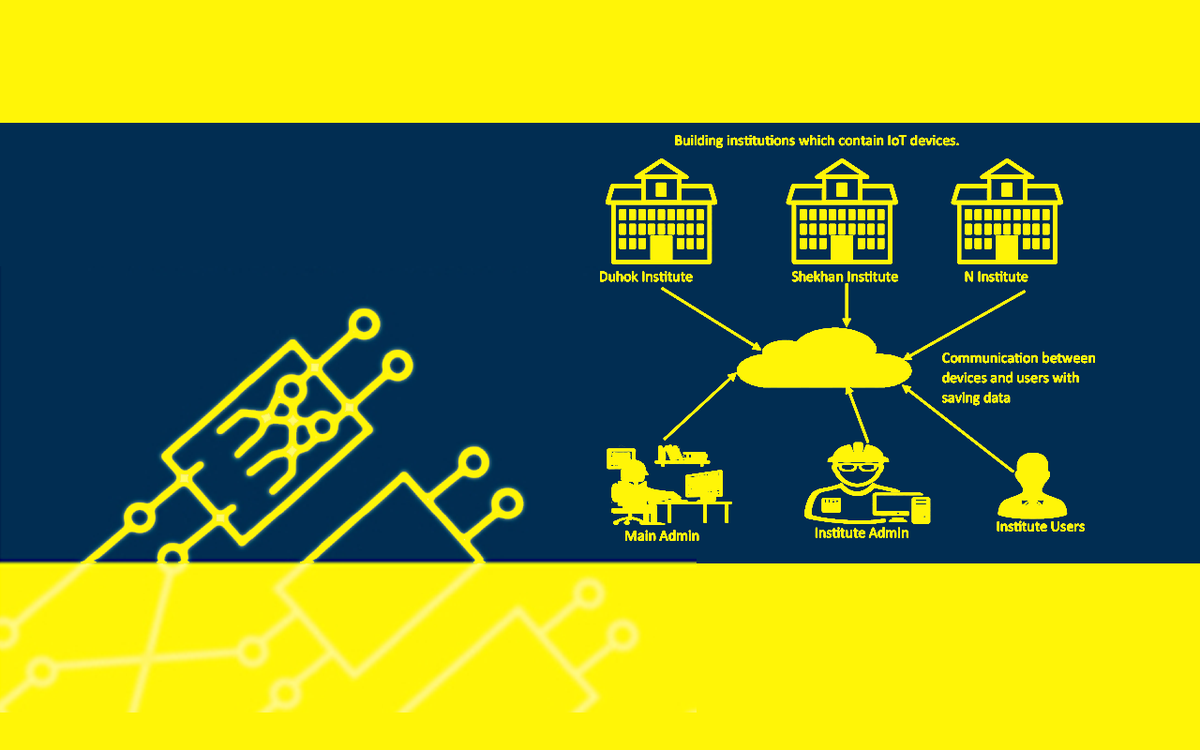Design and implementation of an energy management system based on distributed IoT
By Mohammed Abdulrazaq M. Sadeeq | Computers and Electrical Engineering
https://doi.org/10.1016/j.compeleceng.2023.108775
A Distributed IoT-based energy management system is planned and executed in this article. We tested the suggested strategy at Duhok and Shekhan, two institutes far apart. Utilizing ESP32 microcontrollers, the suggested system features two main phases (Monitoring and Controlling). There has been carefully monitoring and regulation of all power usage indicators, including Voltage, current, and Frequency. Three primary approaches are taken with each institution: monitoring all metrics for the whole institution, monitoring all metrics for the uncontrolled Lab, and monitoring and regulating all metrics for the controlled Lab. This technology gathers data incessantly, resulting in a large database for energy management. Up to this point, we have collected over two million data rows, and by the end of 2023, we anticipate collecting over ten million. Server-side protocols Message Query Telemetry Transport (MQTT) and Hypertext Transfer Protocol (HTTP) were used to collect the implementation results. According to the implemented findings, one can see that the energy consumption reduction ratios for the Duhok-controlled laboratory were (Weekly = 1.94%, Monthly = 21.65%, and Year-to-Date = 26.38%). There are several critical values recorded during the system's implementation at Shekhan Institute: maximum Voltage (281.2 V), Maximum Frequency (86.3 Hz), and minimum Power-Factor (0.07).

